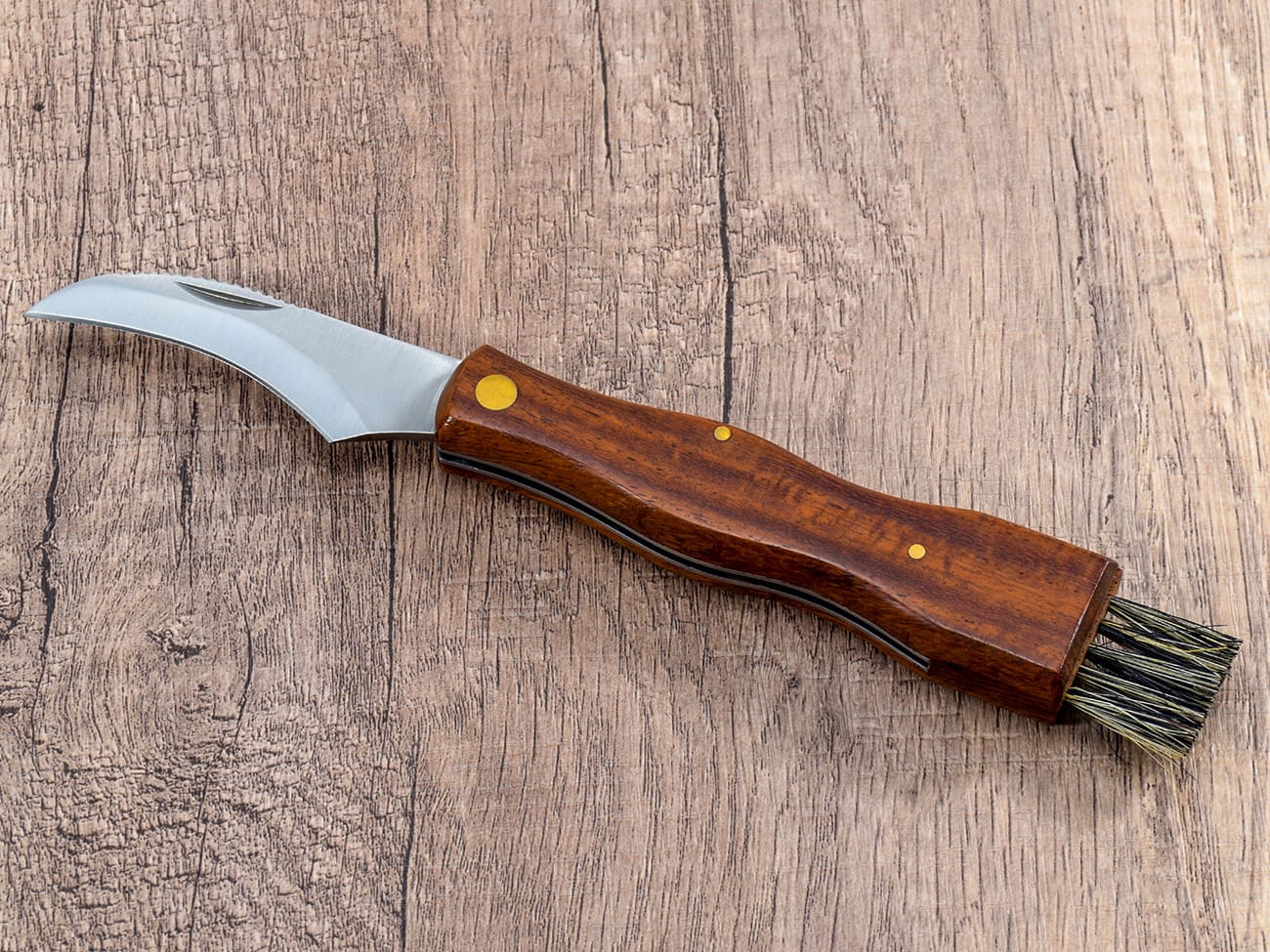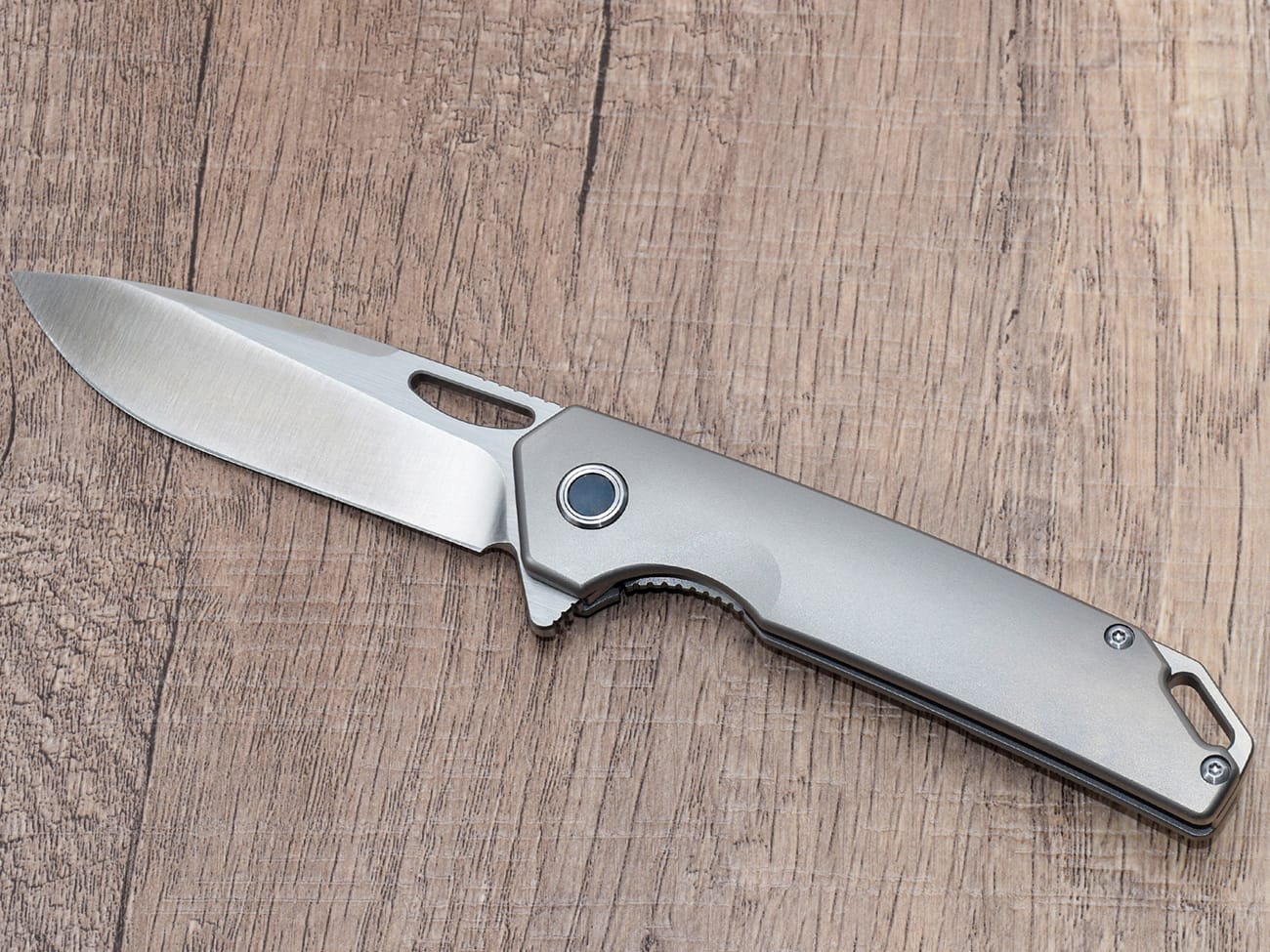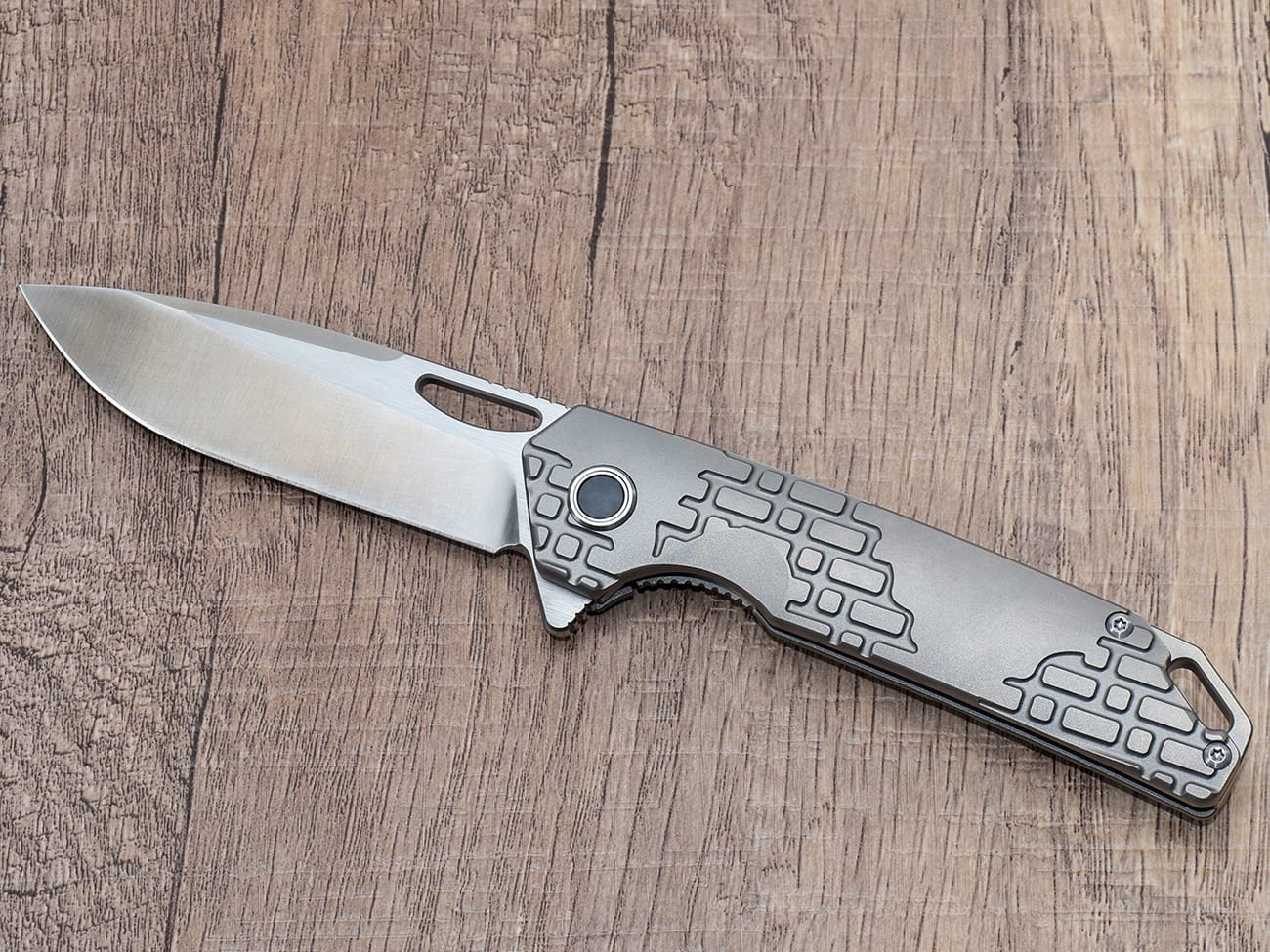Are you looking for the perfect all-purpose knife that can handle a wide range of tasks in your kitchen and beyond? Look no further than the utility knife! This essential tool is a must-have for any home cook or DIY enthusiast. In this comprehensive guide, we’ll explore everything you need to know about utility knives, from their various uses to choosing the best one for your needs. Whether you’re a seasoned chef or just starting your culinary journey, this article will help you understand why a utility knife is the perfect tool for the job.
What is a Utility Knife and Why Do You Need One?
A utility knife is a versatile kitchen tool that falls between a chef’s knife and a paring knife in terms of size and functionality. Typically ranging from 4 to 7 inches in length, this knife is designed to handle a wide variety of tasks that might be too small for a chef’s knife but too large for a paring knife. Its versatility makes it an indispensable tool in any kitchen.
How Does a Utility Knife Differ from Other Kitchen Knives?
Utility knives are often called the “in-between” knives of the kitchen world. Here’s how they compare to other common kitchen knives:
- Chef’s Knife vs. Utility Knife: A chef’s knife is larger and heavier, ideal for chopping and dicing larger ingredients. A utility knife is more nimble and better suited for precision tasks.
- Paring Knife vs. Utility Knife: A paring knife is smaller and designed for intricate work like peeling fruits. A utility knife can handle similar tasks but is also capable of tackling larger jobs.
- Bread Knife vs. Utility Knife: While both can have serrated edges, a bread knife is typically longer and specifically designed for slicing bread. A utility knife is more versatile and can handle a wider range of tasks.
What Are the Best Uses for a Utility Knife?
A utility knife is a jack-of-all-trades in the kitchen. Here are some of its best uses:
- Slicing fruits and vegetables
- Trimming meats
- Cutting sandwiches
- Mincing herbs
- Peeling fruits and vegetables
- Cutting cheese
- Carving small roasts
Its versatility makes it perfect for tasks that require more precision than a chef’s knife but more strength than a paring knife.
How to Choose the Best Utility Knife for Your Needs?
When selecting a utility knife, consider the following factors:
- Blade Material: Look for high-quality stainless steel or high-carbon steel for durability and edge retention.
- Handle Comfort: Choose a handle that feels comfortable in your hand for extended use.
- Blade Length: Most utility knives range from 4-7 inches. Choose a length that feels comfortable for your hand size and intended uses.
- Edge Type: Straight-edged blades are versatile, while serrated edges excel at cutting through tough exteriors.
- Balance: A well-balanced knife will feel comfortable and reduce hand fatigue during use.
What Are the Different Types of Utility Knives?
Utility knives come in various styles to suit different needs:
- Straight-Edge Utility Knife: Ideal for clean, precise cuts on fruits, vegetables, and meats.
- Serrated Utility Knife: Perfect for slicing through foods with tough exteriors and soft interiors, like tomatoes or crusty bread.
- Japanese Utility Knife: Also known as a petty knife, it’s typically thinner and sharper than Western-style utility knives.
- Mini Chef’s Knife: A slightly larger utility knife that can handle more substantial tasks.
How to Properly Care for Your Utility Knife?
To keep your utility knife in top condition:
- Hand Wash: Always hand wash and dry your knife immediately after use.
- Sharpen Regularly: Use a honing steel to maintain the edge between sharpenings.
- Store Properly: Use a knife block, magnetic strip, or blade guard to protect the edge.
- Use a Cutting Board: Always cut on a proper cutting board to avoid damaging the blade.
What Are Some Advanced Techniques for Using a Utility Knife?
Once you’re comfortable with basic utility knife skills, try these advanced techniques:
- Julienning: Create thin, uniform strips of vegetables for salads or stir-fries.
- Supreming Citrus: Remove the segments of citrus fruits without the pith and membrane.
- Butterflying: Split meats evenly for faster cooking and stuffing.
- Scoring: Make shallow cuts in meats or bread for even cooking or decorative purposes.
How Does a Utility Knife Compare to a Pocket Knife?
While both are versatile tools, they serve different purposes:
- Design: Utility knives are designed for kitchen use, while pocket knives are made for outdoor and everyday carry tasks.
- Blade: Utility knives typically have a fixed blade, while pocket knives often have folding blades.
- Size: Utility knives are generally larger than pocket knives.
- Usage: Utility knives excel in food preparation, while pocket knives are better for general-purpose tasks.
What Safety Precautions Should You Take When Using a Utility Knife?
Safety should always be a priority when using any knife. Follow these tips:
- Keep it Sharp: A sharp knife is safer than a dull one, as it requires less force to cut.
- Cut Away from Your Body: Always cut in a direction away from yourself and others.
- Use a Stable Surface: Ensure your cutting board is stable and doesn’t slip.
- Focus on the Task: Avoid distractions while using the knife.
- Proper Storage: Store your knife in a safe place, out of reach of children.

A folding utility knife with a wooden handle and sanded blade
Can a Utility Knife Replace Other Kitchen Knives?
While a utility knife is incredibly versatile, it’s not designed to replace all other kitchen knives. Here’s why:
- Chef’s Knife: For heavy-duty chopping and dicing, a chef’s knife is still superior.
- Bread Knife: The long, serrated blade of a bread knife is better for slicing large loaves.
- Paring Knife: For very intricate work, a paring knife’s smaller size offers more control.
- Carving Knife: When dealing with large roasts or turkeys, a carving knife’s length is advantageous.
However, for many everyday tasks, a utility knife can certainly handle the job efficiently.
What Are Some Common Mistakes to Avoid When Using a Utility Knife?
To get the most out of your utility knife, avoid these common mistakes:
- Using a Dull Blade: Regularly sharpen your knife to maintain its effectiveness and safety.
- Cutting on Hard Surfaces: Always use a proper cutting board to protect your blade.
- Improper Storage: Don’t toss your knife in a drawer where it can get damaged or cause injury.
- Using it for Heavy-Duty Tasks: While versatile, a utility knife isn’t meant for heavy chopping or bone cutting.
- Neglecting Cleaning: Always clean your knife thoroughly after use to prevent bacteria growth and maintain its condition.
How Can a Utility Knife Improve Your Cooking Skills?
Mastering the use of a utility knife can significantly enhance your cooking skills:
- Precision Cutting: The size and maneuverability of a utility knife allow for more precise cuts, improving the presentation of your dishes.
- Versatility: Learning to use one knife for multiple tasks can streamline your cooking process.
- Knife Skills: The utility knife’s size makes it ideal for practicing various cutting techniques.
- Confidence: As you become more comfortable with your utility knife, you’ll gain confidence in tackling more complex recipes.
What Are Some Unexpected Uses for a Utility Knife in the Kitchen?
While primarily used for food preparation, a utility knife can have some surprising applications in the kitchen:
- Opening Packages: Safely open food packaging without damaging the contents.
- Trimming Parchment Paper: Cut parchment paper to fit your baking pans perfectly.
- Scoring Dough: Create decorative patterns on bread or pastry dough before baking.
- Removing Seeds: The pointed tip is perfect for removing seeds from peppers or squash.
- Cutting Delicate Herbs: The sharp blade can finely chop herbs without bruising them.
How to Incorporate a Utility Knife into Your Daily Cooking Routine?
To make the most of your utility knife, try incorporating it into your daily cooking routine:
- Meal Prep: Use it to slice vegetables and fruits for the week ahead.
- Sandwich Making: Perfect for slicing meats, cheeses, and vegetables for sandwiches.
- Snack Time: Use it to cut up fruits and vegetables for healthy snacks.
- Garnishing: Create beautiful garnishes for your dishes with precise cuts.
- Quick Chopping: For small batches of herbs or vegetables, your utility knife can be quicker to use and clean than a larger chef’s knife.
What Should You Look for in a High-Quality Utility Knife?
When investing in a high-quality utility knife, consider these factors:
- Blade Material: Look for high-carbon stainless steel for a good balance of sharpness, durability, and rust resistance.
- Full Tang: A full tang extends the entire length of the handle, providing better balance and durability.
- Ergonomic Handle: The handle should be comfortable to hold and provide a secure grip, even when wet.
- Weight: The knife should feel balanced in your hand, neither too heavy nor too light.
- Brand Reputation: Choose a reputable brand known for producing quality knives.
How Does the Design of a Utility Knife Affect Its Performance?
The design of a utility knife can significantly impact its performance:
- Blade Shape: A slightly curved blade allows for a rocking motion, useful for chopping herbs or mincing garlic.
- Blade Thickness: A thinner blade is better for precise cuts, while a thicker blade offers more durability.
- Handle Design: The shape and material of the handle affect grip comfort and control.
- Bolster: The area where the blade meets the handle can provide additional weight and balance.
- Tip Shape: A pointed tip allows for more intricate work, while a rounded tip might be safer for general use.
In conclusion, a utility knife is an invaluable tool in any kitchen. Its versatility, precision, and ease of use make it perfect for a wide range of tasks. Whether you’re a professional chef or a home cook, incorporating a utility knife into your culinary arsenal can elevate your cooking experience and help you tackle a variety of kitchen tasks with confidence. Remember to choose a knife that feels comfortable in your hand, maintain it properly, and always prioritize safety when using it. With the right utility knife and proper technique, you’ll be slicing, dicing, and chopping like a pro in no time!Key takeaways:
- A utility knife is a versatile tool that bridges the gap between a chef’s knife and a paring knife.
- It’s ideal for tasks that require more precision than a chef’s knife but more strength than a paring knife.
- When choosing a utility knife, consider factors like blade material, handle comfort, and overall balance.
- Proper care and maintenance are crucial for keeping your utility knife in top condition.
- While incredibly versatile, a utility knife doesn’t replace all other kitchen knives but complements them well.
- Mastering the use of a utility knife can significantly improve your overall cooking skills and efficiency in the kitchen.




